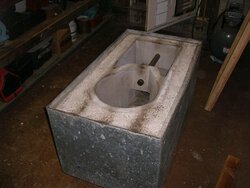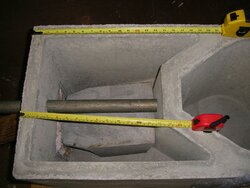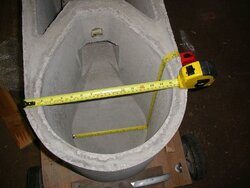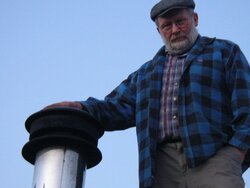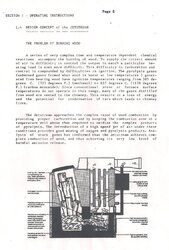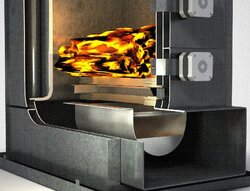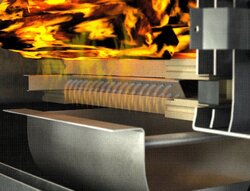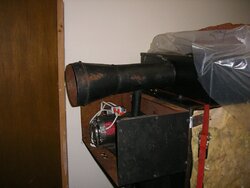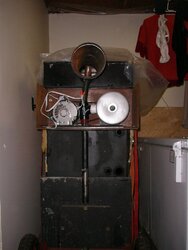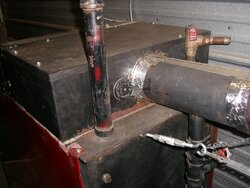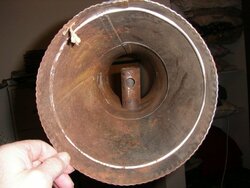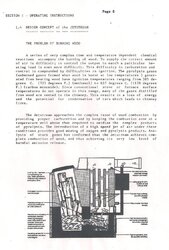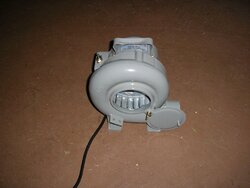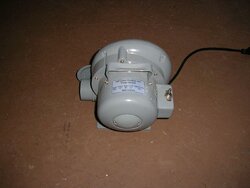In response to goo question regarding the ceramics life on the effecta lambda boilers I have presented this question to effecta engineering and am pleased to provide the following response:
1.) What is the longest life of a ceramic in an effecta boiler that you know of?
About 13-15 years.
2.) What do most customers experience for the life of the ceramics?
About 7-10 years
3.) What is the shortest life you have seen/experienced with an effecta lambda ceramic?
We have had some customers using fuel with lots of sulfur, e.g. packages for fluids, milk etc., or plastics. The life span can be less than 2 years. Sulfur makes the heat resistance in the ceramics to go down. This will of course not fall under any warranty.
4.) When ordering the ceramics, I believe it also comes with the SS burner tube and high temp. sealer/caulk material – is this true?
Yes
5.) Any other info I need/should know about the replacement of the ceramics?
The wearing of the ceramics starts day one. It is a long ongoing process. The hole for the gases in the middle will start to increase in size after a couple of years. Some small bits might fall out. This will not affect the combustion. So it is a big different between wear and warranty.
Regarding the replacement itself, it is a quite easy job to put the new one in place, just follow instruction. The hard part can be to get the old one out, but if used long enough, the old ceramics should be quite easy to remove.
This information was provided directly by Effecta AB in Kungsbacka Sweden and is NOT my opinion/statement.
Stefan is the Engineering Manager at Effecta AB [
[email protected]] and thus if anyone has a specific effecta lambda boiler related question I encourage you to contact him directly.
We email daily to all effecta departments and thus plesase don't feel shy about asking Stefan technical, boiler related questions. I'm sure he would welcome any questions you may have.
One final note, unlike other boilers I've seen, the effecta lambda boilers use a 4 piece ceramic with a stainless steel burner tube incased in this ceramic. This burner tube has 35 ports, equally spaced along the length of the tube/opening in the ceramics on each side (for a total of 70 ports). It looks much like a burner that is found in the typical gas fired boiler or forced air furnace and thus does a very nice job of ensuring complete mixing of wood gas and incoming air to ensure complete combustion takes place in the secondary chamber.
Even though the ceramics will wear over time, the stainless steel burner will ensure that complete mixing and most efficient combustion is occurring over this same period of time.
Please refer to my previous post for images of this type of boiler design.
Hope this helps to clarify any questions related to the ceramics in an effecta lambda wood gasification boiler.
Brian


